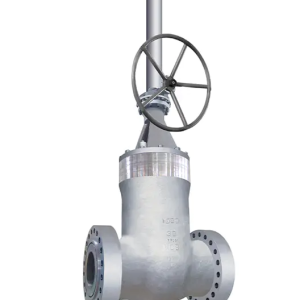The Bricklaying Trowel is widely used in construction due to its versatility. Although commonly associated with brick walls, the tool supports many tasks where mortar, adhesives, or similar materials must be applied with care and precision.
One common application is building standard brick walls. Workers use the trowel to spread mortar, position bricks, and shape the joints. The pointed blade tip is especially helpful when reaching narrow gaps or corners. The tool allows workers to maintain uniform mortar beds, contributing to stability.
Beyond brick walls, the trowel is also useful for block laying. Concrete blocks are larger and heavier than traditional bricks, so workers use the trowel to apply thicker layers of mortar. The wide blade makes it easier to handle larger mortar quantities while still maintaining control.
The tool is also used in repairs and renovation work. When filling cracks, replacing damaged bricks, or patching mortar joints, a small-sized bricklaying trowel allows for careful application without affecting surrounding materials. It supports detailed work where precision is important.
In landscaping projects, the bricklaying trowel assists in constructing garden walls, edging, or pathways. It helps apply mortar evenly, achieving a consistent look in outdoor designs. The tool’s narrow shape also allows for decorative masonry work where intricate placements are required.
Additionally, some workers use the trowel to apply adhesives in tile projects or small concrete tasks. Although not a replacement for specialized tools, it offers a practical option for quick adjustments and small-scale applications.
Overall, the bricklaying trowel functions as a reliable and versatile tool for various construction tasks, supporting both structural and decorative masonry work with consistency and control.


